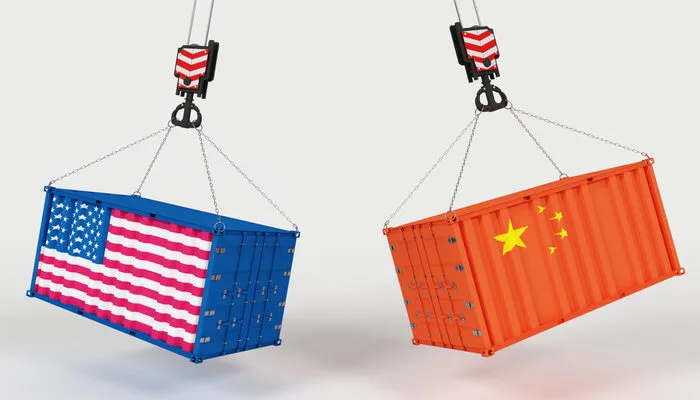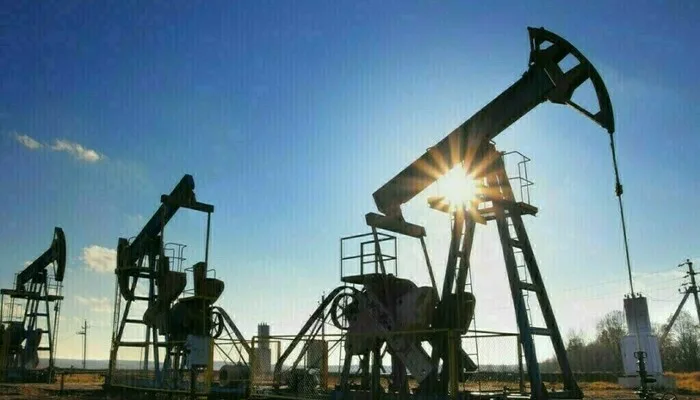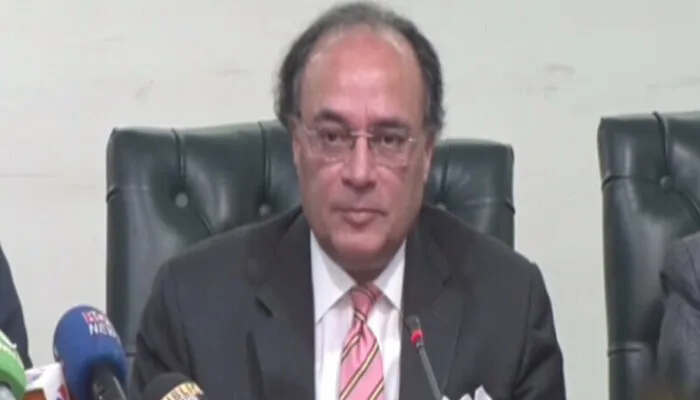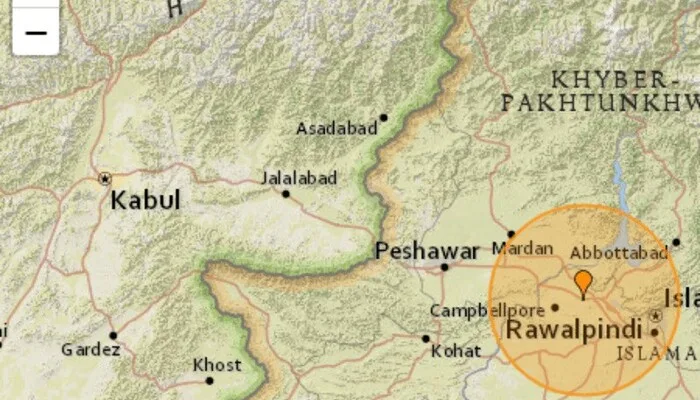
As the US-China trade war intensifies under Donald Trump’s renewed tariff policy, Pakistan faces a looming economic threat. With Washington slapping a staggering 145% tariff on Chinese imports and maintaining a blanket 10% tariff on others, countries like Pakistan find themselves caught in the crossfire—potentially facing a “double whammy” of lost export markets and a flood of cheap imports.
A Familiar Battlefield
Trade tensions between the US and China are not new. In 2018, Trump launched a similar offensive, but this time the stakes appear higher. The US has temporarily halted reciprocal tariffs for renegotiation purposes, yet the global impact of the move remains significant.
Former Pakistani envoy to the World Trade Organization (WTO), Dr Manzoor Ahmed, warned that China might respond by redirecting its surplus goods to other markets like Europe. This could hurt Pakistan’s already fragile economy, especially its textile sector.
Pressure on Pakistan’s Textile Exports
Pakistan’s textile and apparel sector, which makes up nearly 75% of its $5.5 billion in exports to the US, is particularly vulnerable. Industry leaders like Musadaq Zulqarnain, chairman of Interloop, fear intense competition as China, with its deep pockets and state support, may undercut prices in Europe — Pakistan’s biggest textile market.
“If China floods Europe with discounted goods, it won’t just hurt us, but also Bangladesh and India,” he noted. The oversupply could trigger price wars, reduced profit margins, and shrinking export volumes for Pakistan.
Read: China’s 84% Tariff Escalates Trade Tensions With U.S.
Domestic Markets at Risk
The threat doesn’t end with exports. Chinese companies, including online retail giant Temu, are increasingly selling ultra-cheap goods in Pakistan. Due to the Free Trade Agreement and close bilateral ties with China, Pakistan has limited room to restrict such imports. This puts local industries under growing pressure while eroding the government’s ability to collect sales tax.
Uncertainty in US Trade Talks
The three-month pause in US tariffs provides a narrow window for Pakistan to renegotiate trade terms. While Pakistan’s reciprocal tariff rate of 29% remains lower than those for Vietnam (46%) and Cambodia (49%), India enjoys a lower rate of 26%, and Turkey is taxed only at the 10% baseline.
“There’s no clarity about the future of our negotiations,” said a leading Pakistani apparel exporter. “Earlier, we had some trade advantages. Now, with global uncertainty and looming recession, we must act strategically.”
He urged the government to engage proactively with the US Treasury to ensure Pakistan doesn’t lose out to competitors offering better trade incentives.
Possible Gains Amid Crisis
Despite the risks, some experts see a silver lining. Lower global oil prices, driven by slower economic activity, could reduce Pakistan’s energy import bill by $1.5 to $2 billion. Since energy accounts for nearly 30% of total imports, this relief could stabilize the rupee, improve foreign reserves, and curb inflation.
Ahmed Kamal, CEO of Kamal Textiles, believes Pakistan could gain concessions from the US by increasing imports and eliminating its trade surplus with Washington. “Our trade volume is small. We should pursue a Free Trade Agreement and reduce import duties on US goods,” he said.
However, Dr Ahmed of the WTO cautioned that under WTO rules, Pakistan must extend such benefits to all partners unless a formal FTA exists with the US.
A Call for Strategic Action
To navigate the turbulence of the US-China trade war, Pakistan must walk a fine line. Strategic imports, reduced reliance on vulnerable markets, and smart negotiations can help cushion the blow. But complacency could leave Pakistan overwhelmed by both global economic shifts and regional competition.
Follow us on Google News, Instagram, YouTube, Facebook,Whats App, and TikTok for latest updates















